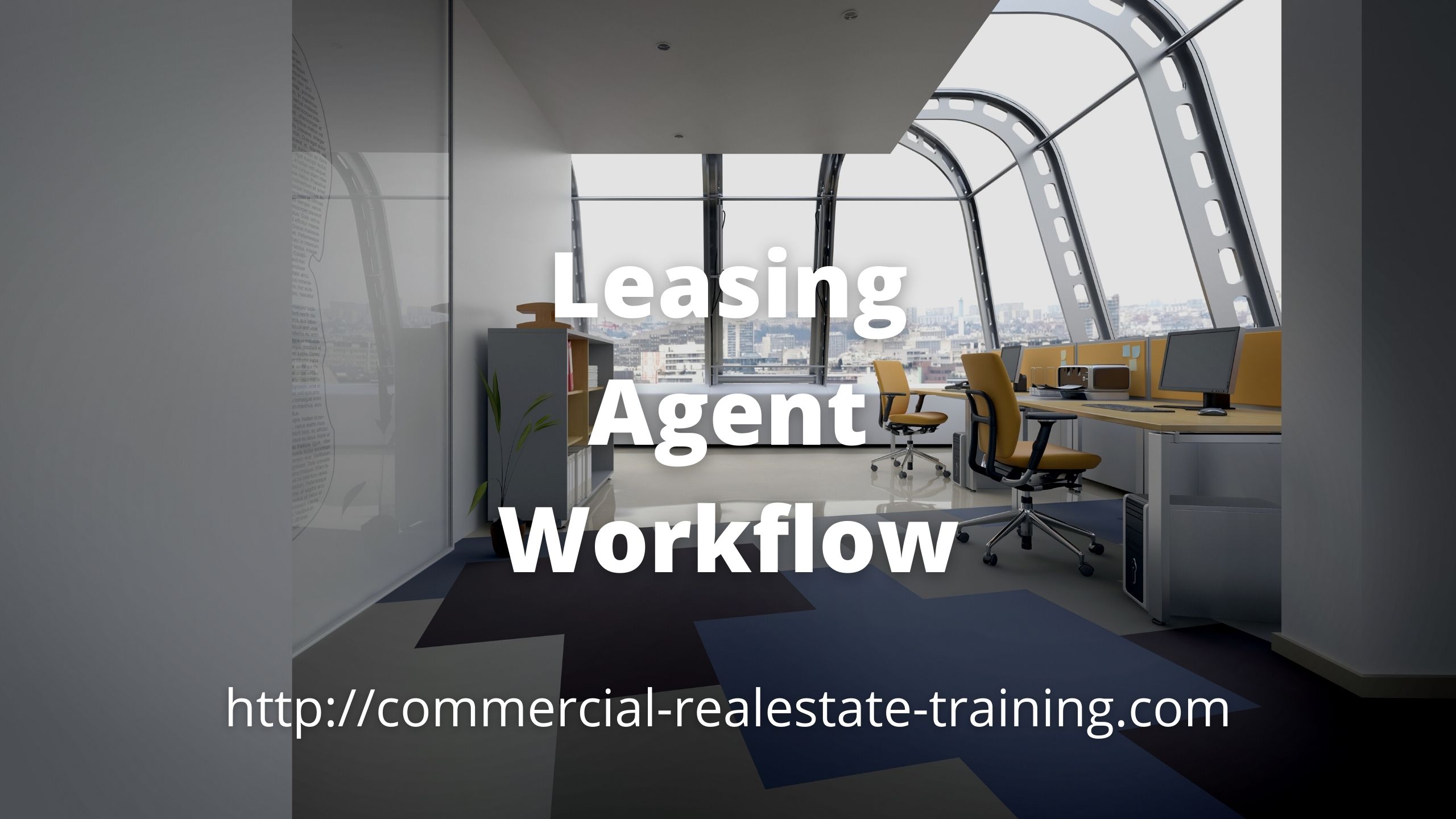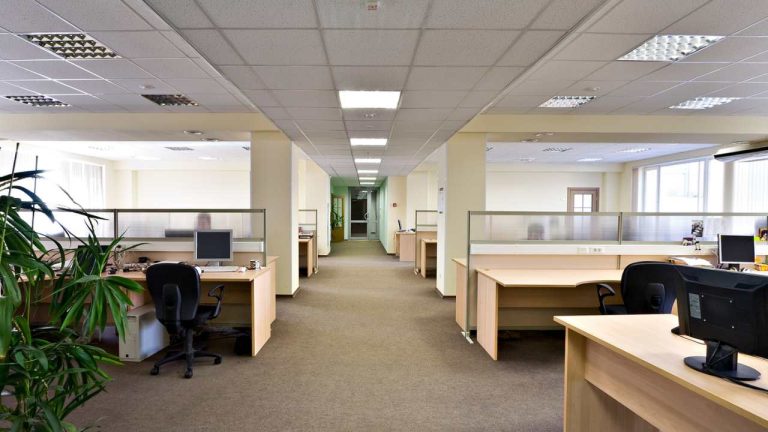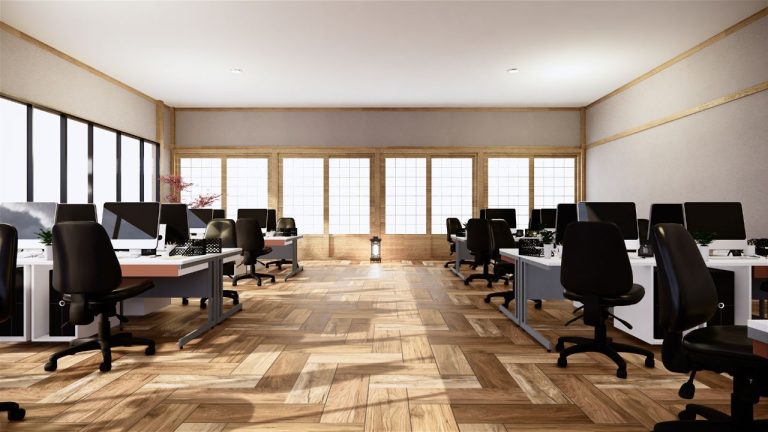Clever Workflow Plans for Leasing Agents
Today, there is always a good level of real estate leasing business. Look for investment properties in your location and serve the owners with vacancy solutions.
Most towns or cities will have a broad selection of buildings for you to consider as part of brokerage leasing. Break down your territory into precincts so you can concentrate your leasing efforts.
Who can you help as part of providing specialist leasing services? You can match tenants, landlords, vacancies, and property changes or upgrades from that fact. Records and systems help you find the property people and the leasing situations to bring together.
The business advantages in commercial or retail real estate leasing are found through the workflow process. The agent does things every day to help them find people and property situations that can evolve into a new tenant or leasing situation.
The originator of Quality Space
One rule should be remembered when creating leasing transactions with tenants and landlords: Always work with the better buildings and in the better locations.
Focusing on quality will help you attract more inbound leasing inquiries and shorten the vacancy market time in most cases. The opposite leasing factor to ‘steer away from’ is poor-quality buildings or substandard properties. They can waste your time.
In premises leasing today, size and location are the key driving factors to consider before spending time on a client, the property, and marketing the vacancy.
New Business Creator
Here is a workflow plan model to help leasing agents grow their business in office, industrial, or retail property activities.
You could use these ideas to get more leasing results locally with tenants, business owners, and landlords.
- Target new buildings each day. That is for vacancy, premises change, and business owners seeking relocation, expansion, or contraction. Considering all the buildings in your location or allocated territory, stay organized in your property selection and communication systems. Get to know who owns and who occupies all buildings locally. That leasing research and study will take time and effort. Keep registers of your progress and conversations with key people.
- You can create a lease expiry register for your location from the previous point and all your connections. That will be a list of all tenants by location and when their leases expire. It can also include the dates of any option choice they may have. So, how do you get this information? First, you approach business owners and ask questions. They do not have the time or the necessary information to make a leasing decision; they need help. You can be that resource for them at the right time and match the suitable properties to their needs. Remember that your local property rental and vacancy information is valuable.
- Break down your streets and precincts into logical zones and workable groups. You are a single agent with limited time to apply daily in new business identification. The best-proven way to penetrate the property market and find opportunities will be to create leasing leads from and work with smaller or singular properties. You can do that at any time and in preferred precincts. You can focus on people, identifiable premises, and vacant situations.
- Engage with local business owners continually. Local business owners are the people you can work with when it comes to matching vacancies into leasing situations. They know the local area and share their property requirements and what they have seen elsewhere.
- Provide leasing benchmarks and trends to local people. Local business owners need help with rental information, identifying premises in particular locations, and matching their rental budgets to available occupancy opportunities. You can work with those situations to understand the local market and the people who need to move or change occupancy.
- A specialist property type and precinct focus is useful. The other strategy will be local property market information relative to a property speciality or type within precincts. That information can be essential and direct for the tenants and landlords you serve. It is valuable, so use it wisely.
- Ongoing landlord contact in commercial real estate leasing should be part of the daily activities that you work to. You will find new landlords to assist with leasing requirements. You will also decide what landlords are better for you regarding ongoing new business and leasing activity. Finally, segment the landlords you work with to have priorities of response when it comes to the owners of certain buildings and vacancies. So this becomes your ‘landlord list’ or register of crucial people who own the investment properties locally.
- From the previous points, it is easy to see the value of direct contact and ongoing communication with landlords and tenants. That is how a leasing agent creates new business.
- Local area lease activity registers are valuable to your progress. Your leasing registers and tenant or business owner tracking systems will help you determine where to make a premises transaction. In addition, use a dedicated diary system or database for leasing only, so you are talking to business owners frequently about their premises change requirements.
- There are two channels of leasing business to work with today. Firstly, as a landlord’s agent, you solve vacancy issues for the owners of a selection of properties in your location. Remember that you can work as a tenant’s agent to match tenants into local properties. In other words, you take the time to help the tenant (who is your client in that case) find properties that will suit their business expansion or change situation.
- You can work uniquely for your clients, who are landlords or tenants. They can be sources of repeat business. Both channels of leasing business are good to work with, provided you are selective about properties and people. Only work with the best people you know have a real need and are willing to give you an exclusive listing appointment as part of the process.
- Tracking leasing and rental trends will help you with ongoing listings and negotiations. So, rents and incentives in leasing will be particular to a location and a property type. That is why your specialization will help you significantly as a leasing agent. Keep your premises focused on specific areas and within property types. That makes it much easier for you to track rents, vacancies, and incentives and ultimately negotiate with or for your clients.
- Track the vacancy trends. Vacant space supply and demand are other factors to watch ‘regionally’. Again, by premises type, the future and current supply and demand for premises will change. You will need to watch the new developments in your location to see their influence on rents and leasing factors.
So, there are plenty of things for leasing agents to do each day and each week to establish a workflow system. The best leasing agents have a workflow that they can optimize and refine. They can find the landlords and tenants to serve in premises matching.








